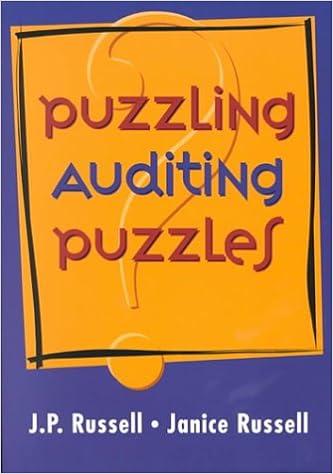Question
Marta, a lover of early twentieth-century American history and architecture, discovers a 1920s house in a downtown district of Atlanta during a recent visit. She
Marta, a lover of early twentieth-century American history and architecture, discovers a 1920s house in a downtown district of Atlanta during a recent visit. She decides not only to purchase and renovate this particular home, but also to move the structure to her hometown of Manhattan, Kansas, so her community can enjoy its architectural features. She moves the entire house to Manhattan, renovates it, and reduces her tax liability by the rehabilitation expenditures credit. It takes her approximately a year to complete the project. Her rehabilitation expenditures include the costs associated with renovation ($30,000) and the moving expenses ($10,000) incurred to relocate the house. The IRS disallows the credit because she moved the building. Furthermore, the IRS contends the moving expenses are not qualified rehabilitation expenditures. Who will prevail in court?
Step by Step Solution
There are 3 Steps involved in it
Step: 1

Get Instant Access to Expert-Tailored Solutions
See step-by-step solutions with expert insights and AI powered tools for academic success
Step: 2

Step: 3

Ace Your Homework with AI
Get the answers you need in no time with our AI-driven, step-by-step assistance
Get Started


